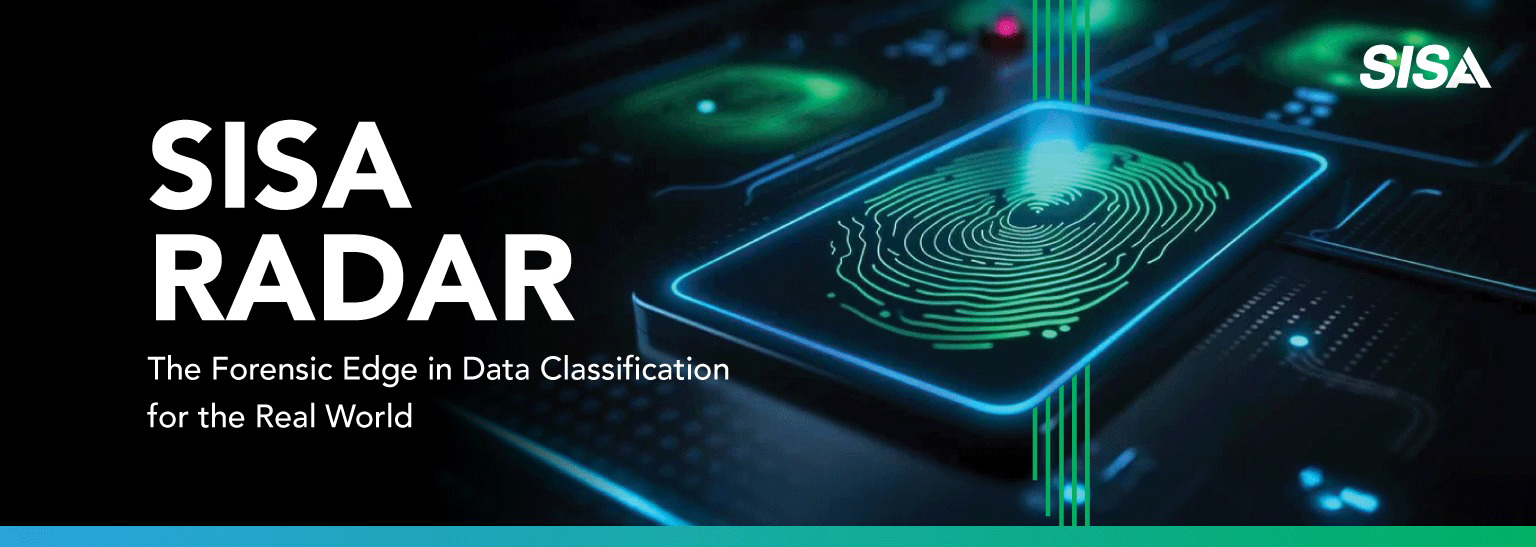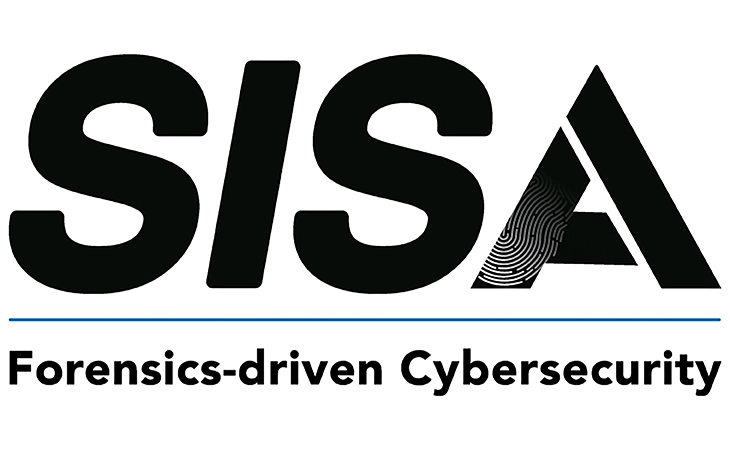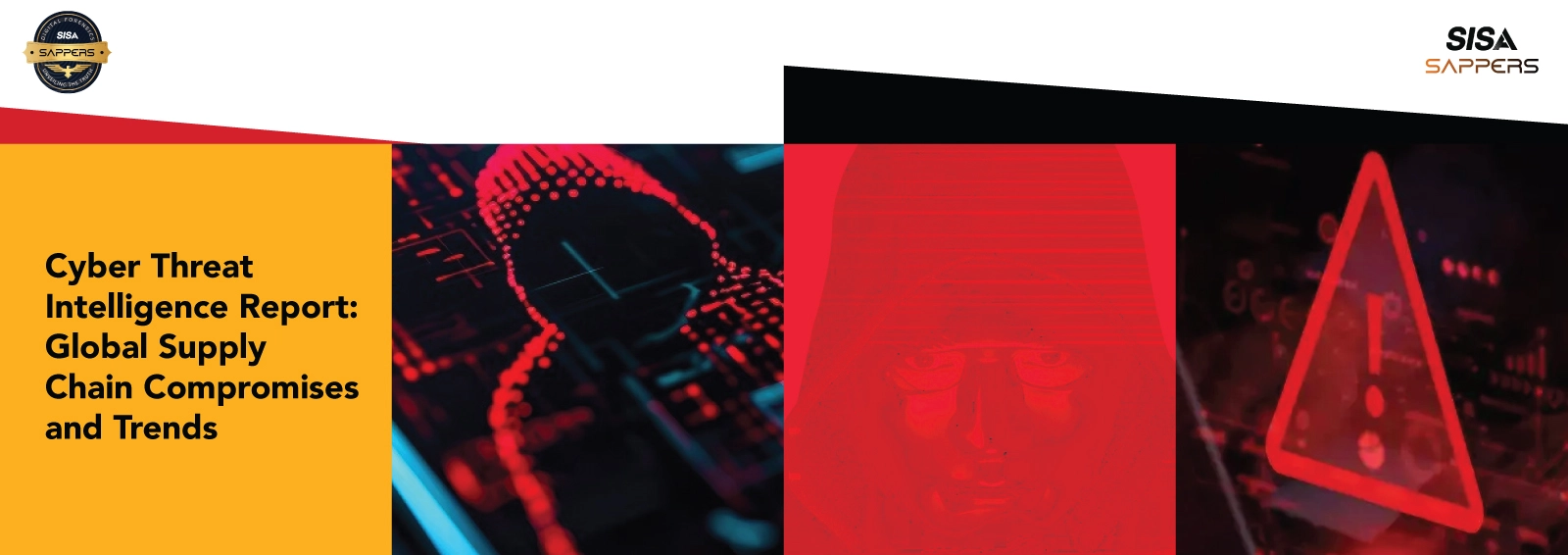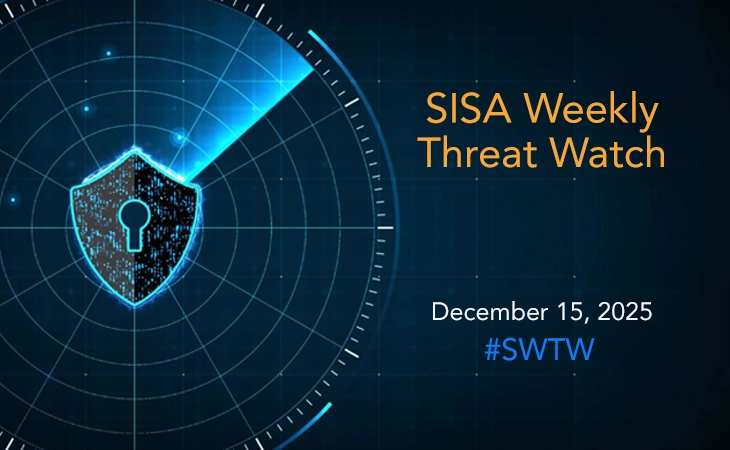
Consent and Control: How DPDP Redefines User Trust in Digital Payments
From Friction to Confidence
“Every time I make a payment online, I end up sharing my mobile number, PAN, Aadhaar… I’ve honestly don’t know where my data goes.” A moment of candid frustration came from a recent SISA webinar on Forensics-Driven DPDPA Compliance held with Venu Nambiar, Global Head of Brand and Marketing, and Ramakanth Mohapatra, Vice President and Head of Data Protection and Governance. This moment echoed a growing sentiment. In a hyperconnected digital payments world, trust is thinning out and it’s easy to see why.
The DPDP Act arrives as a much-needed course correction. But it’s not just a rulebook. It’s a new playbook that puts users not just systems at the center of privacy.
1. Why India Put Consent at the Center of DPDP
Unlike global models that often lean on broad contractual terms or “legitimate interest,” India has opted for a stricter, consent first approach to data processing.
As Ramakanth has pointed out, this isn’t by accident. India’s digital payments ecosystem is expanding rapidly, but it’s also navigating challenges unique to its demographic: low digital literacy in many regions, a large rural base, and a massive first-time internet user segment. In this context, consent isn’t just legal, it’s necessary.
Under DPDP, consent is the primary legal basis for processing personal data. That consent must be freely given, informed, specific, limited to a particular purpose, and revocable. This clarity benefits users, but it also sets the ground rules for how organizations collect and use data.
2. Consent Isn’t a Checkbox. It’s a Lifecycle.
Real consent isn’t a onetime click. It’s a process with distinct stages:
Collection: Users must be told exactly what data is being collected, and why. Vague or bundled purposes don’t cut it.
Access and Control: Users should have visibility into the consents they’ve given and the ability to update them easily.
Withdrawal: Consent must be reversible at any time, with no friction or penalties.
This model eliminates the need for unnecessary fields and repeated verifications like excessive OTPs or redundant biometrics. When built correctly, consent workflows reduce friction not, add to it.
DPDP’s consent lifecycle demands specificity and accountability. Organizations can no longer default to “just in case” data collection. If you’re asking for it, you need to justify it.
3. Consent Managers: The Neutral Gatekeepers
To help operationalize this model, DPDP introduces a new stakeholder: the Consent Manager.
These are independent, registered entities recognized by the Data Protection Board of India. Their mandate is clear:
Provide a centralized dashboard where users can manage their consents across platforms. Enable granular consent, users can say yes to one service, no to another.
Offer real-time updates and support for 22 Indian languages, making consent accessible and inclusive.
Importantly, Consent Managers are neutral. They aren’t aligned with payment apps or data processors. This neutrality gives them credibility and helps restore the balance of power between users and institutions.
Consent Managers play a crucial role in making privacy tangible. They aren’t just permission tools; they’re instruments of accountability.
4. What This Means for Payment Institutions
For banks, wallets, and payment aggregators, DPDP requires more than backend updates. It demands a rethink of how user data is handled from the ground up.
This starts at onboarding. Forms will need to be shorter, sharper, and purpose bound. Data that isn’t essential for the service being provided shouldn’t be requested. Every consent must be tied to a specific purpose and that purpose must be visible and understandable.
Realtime consent updates, withdrawal mechanisms, and consent tracking all need to be baked into the flow, creating major implications for UX. Consent journeys must be intuitive, transparent, and responsive. What was once buried in privacy policies now must sit at the front of the user experience.
5. Trust Comes from Purpose Bound Data Use
The DPDP Act’s focus on purpose limitation means that even with user consent, data cannot be repurposed beyond what was originally agreed.
This is where Consent Managers shine. They don’t just relay permission they help enforce the boundary. If a mobile number was collected for transaction alerts, it can’t be used later to upsell loans or run targeted ads.
He explained this as a key trust building feature. Users know why their data is being used and for how long. There’s no second guessing. And when data use aligns with declared purpose, the result is fairness, transparency, and predictability.
This clarity is what users have been waiting for. Especially those who, like the speaker, are tired of giving up personal details without knowing where they land.
6. Building Consent Culture in Digital Payments
Laws can mandate behaviour, but culture shapes how consistently and respectfully those laws are applied.
Across the digital payments industry, organizations are increasingly recognizing that trust can’t be coded in after the fact. The shift toward a consent first culture requires product and design teams, not just legal or compliance, to play an active role in shaping how consent is requested, displayed, and honored.
Here are some points to keep in mind:
- Educate users on their rights, not just once, but at every key touchpoint.
- Make consent journeys seamless, intuitive, and part of the core experience.
- Prioritize privacy-by-design thinking to align consent handling with long-term business resilience.
Control, Not Complexity, Is the Future of Privacy
The DPDP Act repositions users not as passive data subjects, but as Data Principals with rights, agency, and tools to assert control.
This isn’t just a regulatory shift. It’s the beginning of creating products built on transparency and trust.
For payment firms and fintech players, managing consent well is fast becoming a differentiator. In a landscape flooded with options, the platforms that build clarity, transparency, and ease into their consent processes will earn the trust and the loyalty of tomorrow’s users.
Whether you’re a payment gateway, a bank, or a fast-growing fintech startup, the real question is simple:
Are you ready to let your users take control?
Because in today’s consent-centric world, trust is no longer assumed. It’s designed.
Connect with us to see how you can start your journey towards a consent-centric product architecture.
Latest
Blogs
Whitepapers
Monthly Threat Brief
Customer Success Stories
 USA
USA India
India APAC
APAC Middle East
Middle East Global
Global






 Facebook
Facebook Linkedin
Linkedin  X
X Youtube
Youtube








